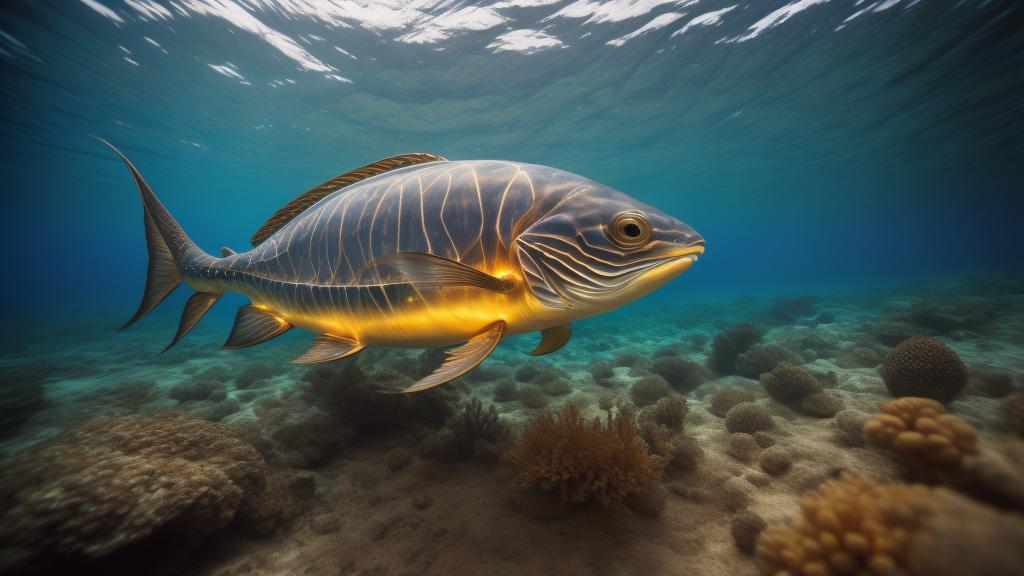Dive into the mesmerizing phenomenon of bioluminescence, nature’s own light show, dazzling from the depths of the oceans to forest floors. Join us as we explore the vibrant illumination created by organisms such as fireflies, jellyfish, fungi, and more.
Imagine witnessing a beach that glows in the dark as if stars had fallen from the sky. This isn't a fairytale—it's the wonder of bioluminescence, a light produced by living organisms due to biochemical reactions. While bioluminescence might seem fantastical, it's more common in nature than one might think.
Fireflies are perhaps the most prominent bioluminescent insects. They light up summer nights with their twinkling signals, which they use for communication and mating. Male fireflies flash specific patterns to attract females, and this courtship display is nothing short of magical. Interestingly, some species of fireflies also use bioluminescence as a defense mechanism to deter predators.
Moving from land to sea, the ocean is home to a myriad of bioluminescent creatures. The deep-sea anglerfish is a notable example. This eerie fish uses its luminescent lure to attract prey in the dark depths of the ocean. There’s also the beautiful spectacle of bioluminescent plankton, which can light up entire bays with their glow. Sailors and beachgoers alike have often described the experience as otherworldly.
Bioluminescent fungi, though less known, contribute to the eerie beauty of forest floors. Known as foxfire or fairy fire, these glowing mushrooms can be spotted in decaying wood, providing an enchanting glow. The exact reasons why fungi evolved bioluminescence remain a subject of scientific investigation, with theories ranging from attracting insects for spore dispersal to deterring animals from eating them.
While the glow of bioluminescence is simply beautiful, it's also practical. Many organisms rely on this light for survival. For instance, smaller marine animals use bioluminescence for camouflage. When viewed from below, their lit undersides match the incoming light from the surface, making them less visible to predators.
Beyond its natural beauty, bioluminescence has incredible potential for scientific research and industrial applications. Scientists are exploring ways to use bioluminescent proteins as biological markers in medical research, helping them track cellular processes in real-time. Additionally, bioluminescent organisms are being studied for their potential use in sustainable lighting sources.
The appeal of bioluminescence extends beyond science to popular culture. From movies to books, this natural phenomenon has inspired countless works of art and storytelling. The enchanting scenes of bioluminescent forests in the film 'Avatar' are a homage to the Earth's own glowing wonders.
The captivating world of bioluminescence combines the allure of natural beauty with the intrigue of scientific discovery. Whether seen in fireflies alighting a summer evening, the shimmering waves of a bioluminescent bay, or the mystical glow of fungi deep in the woods, bioluminescence reminds us of nature’s incredible ingenuity and the endless wonders it holds.
Next time you find yourself in nature after dark, keep an eye out for these miraculous lights. Though fleeting, they offer a glimpse into a side of the world that is as much about survival as it is about spectacle. Embrace the moment, and allow yourself to be captivated by the radiant dance of bioluminescence.
The fascinating world of bioluminescent organisms

